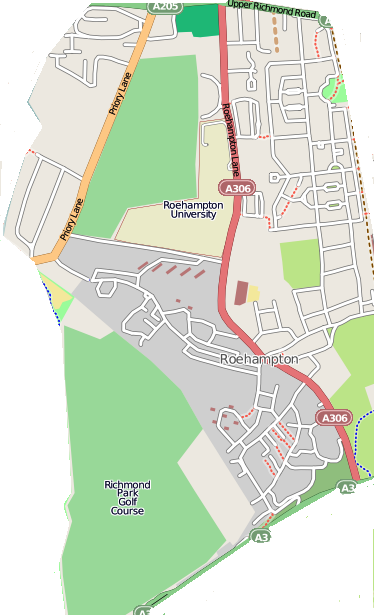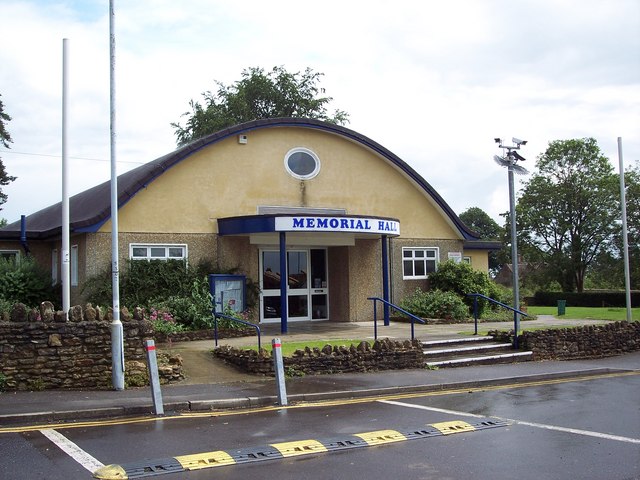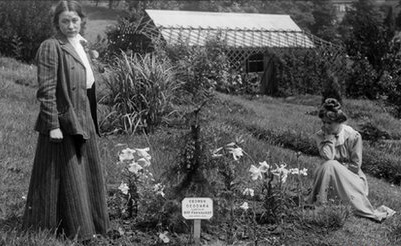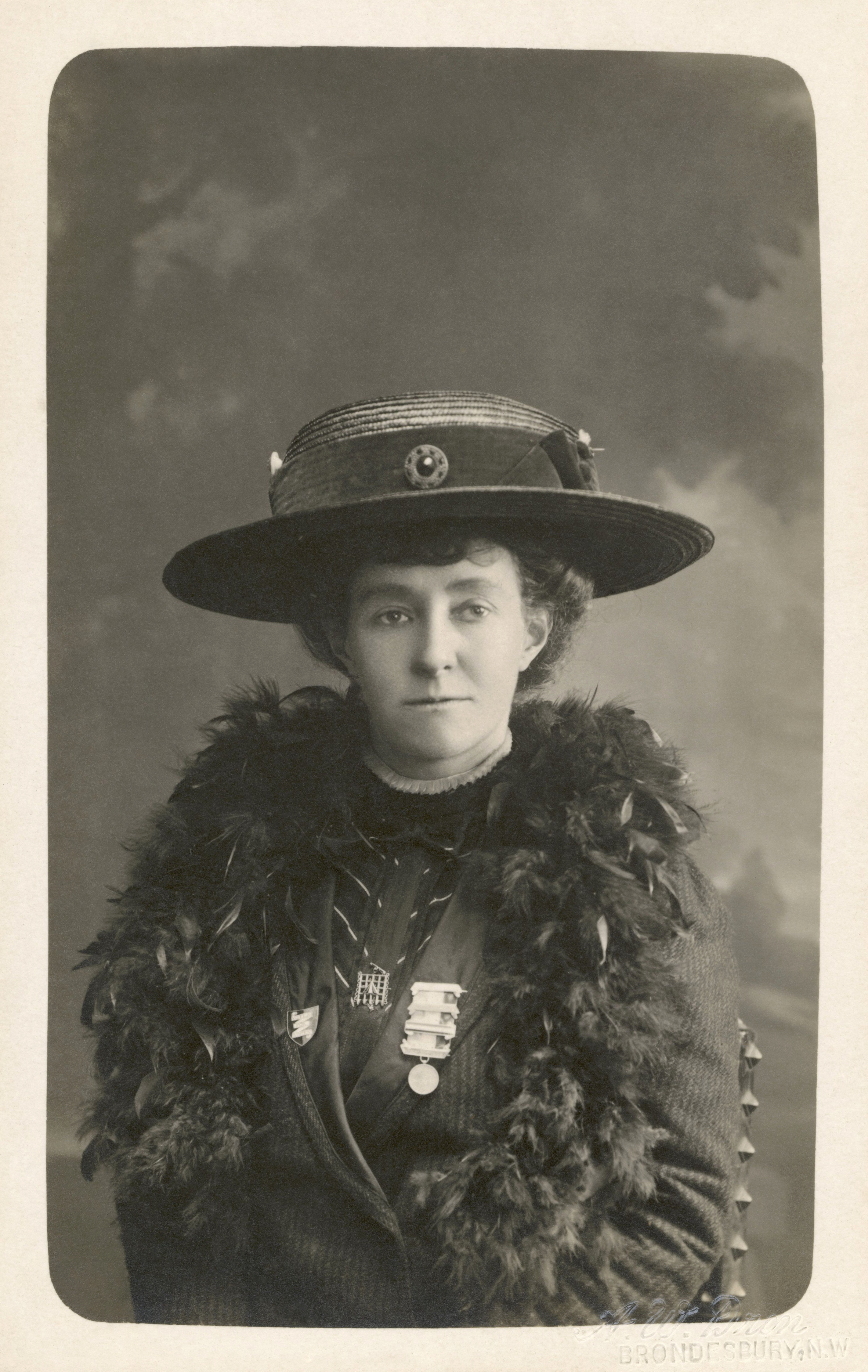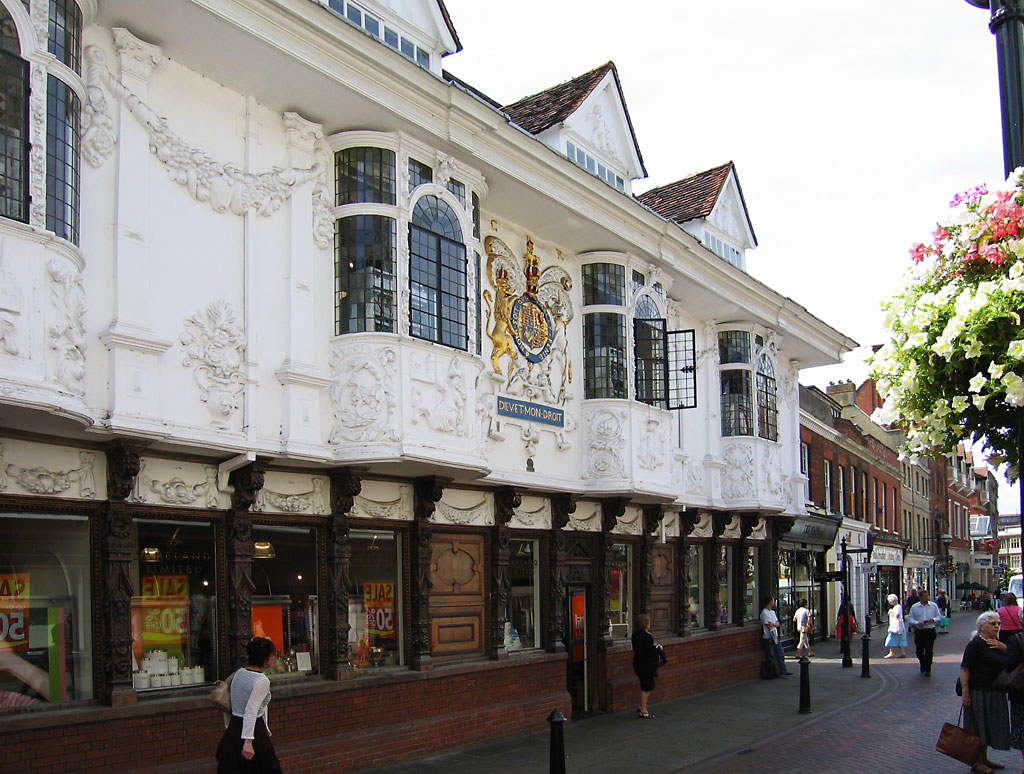|
Mildred Mansell
Mildred Ella Mansel (, c. 1868 – 11 March 1942) was a British suffragette and organiser for the Women's Social and Political Union, Women’s Social and Political Union (WSPU) in Bath, Somerset, Bath. Family Mansel was born in 1868 in Roehampton, Surrey. Her parents were the conservative politician Arthur Guest (1841–1898) and suffragist Adeline Chapman (1847–1931). Her mother was a member of the Central Society for Women's Suffrage and the Women's Tax Resistance League. She had a brother, Arthur Rhuvon Guest. Her family were well connected in society, as Mansel’s grandmother was the aristocrat and linguist Lady Charlotte Guest (1812–1895) and her first cousin was Ivor Guest, 1st Viscount Wimborne, Ivor Churchill Guest, 1st Viscount Wimborne (1873–1939), member of Parliament for Cardiff and the Liberal Party (UK), Liberal Party Chief Whip, chief whip. She married Colonel John Delalynde Mansel of Bayford Lodge, Wincanton in 1888. They had three children, two daught ... [...More Info...] [...Related Items...] OR: [Wikipedia] [Google] [Baidu] |
Roehampton
Roehampton is an area in southwest London, sharing its SW15 postcode with neighbouring Putney and Kingston Vale, and takes up a far western strip, running north to south, in the London Borough of Wandsworth. It contains a number of large council house estates and is home to the University of Roehampton. Etymology The ''Roe'' in Roehampton's name is thought to refer to the large number of Rook (bird), rooks that still inhabit the area. Location Roehampton is centred about 6.3 miles (roughly 10 km) south-west of Charing Cross. It occupies high land, with Barnes, London, Barnes to the north, Putney and Putney Heath to the east, and Richmond Park and Richmond Park Golf Course to the west. To the south is Roehampton Vale, that straddles the A3 road (Great Britain), A3, with Wimbledon Common and Putney Vale beyond. History Roehampton was originally a small village – with only 14 houses during the reign of Henry VII of England, Henry VII – with the area largely forest and h ... [...More Info...] [...Related Items...] OR: [Wikipedia] [Google] [Baidu] |
Wincanton
Wincanton ( or ) is a town and electoral ward in Somerset, southwest England. The town lies off the A303 road, a main route between London and South West England, and has some light industry. In the 2021 census the civil parish had a population of 6,568. Etymology The name of Wincanton is first attested in 1084, in the forms ''Wincainietone'' and ''Wincautone''. In the Domesday Book of 1086, the name is spelled ''Wincaleton''. The town's name comes from the name of the River Cale, which runs through the town and was in Old English called ''Wincawel'', combined with the Old English word ''tūn'', "estate, settlement". It thus once meant "estate on the River Cale". The origin of the name of the River Cale itself is less clear. It is first attested in a fourteenth-century copy of a charter from 956, where it appears in the forms ''Cawel'' and ''Wricawel'', the latter of which is agreed to be a scribal error for ''*Wincawel''. The leading suggestion for the origin of this name is ... [...More Info...] [...Related Items...] OR: [Wikipedia] [Google] [Baidu] |
Annie Kenney
Ann "Annie" Kenney (13 September 1879 – 9 July 1953) was an English working-class suffragette and socialist feminist who became a leading figure in the Women's Social and Political Union. She co-founded its first branch in London with Minnie Baldock. Kenney attracted the attention of the press and public in 1905 when she and Christabel Pankhurst were imprisoned for several days for assault and obstruction related to the questioning of Sir Edward Grey at a Liberal rally in Manchester on the issue of votes for women. The incident is credited with inaugurating a new phase in the struggle for women's suffrage in the UK with the adoption of militant tactics. Annie had friendships with Emmeline Pethick-Lawrence, Baroness Pethick-Lawrence, Mary Blathwayt, Clara Codd, Adela Pankhurst, and Christabel Pankhurst. Early life Kenney was born in 1879 in Springhead, West Riding of Yorkshire, to Horatio Nelson Kenney (1849–1912) and Anne Wood (1852–1905). She was the fourth daugh ... [...More Info...] [...Related Items...] OR: [Wikipedia] [Google] [Baidu] |
Mary Morris (doctor)
Mary Eva Hastings Morris (9 April 1873 – 11 July 1925) was a Welsh medical doctor and suffragist. Born in Dolgellau, she grew up in Malta, before returning to Wales to study medicine at the University College of Wales in Aberystwyth. She went on to become the first female doctor from Aberystwyth. After spells working at Great Ormond Street Children's Hospital in London, the North Devon Infirmary, and Bristol Royal Hospital for Sick Children and Women, Morris moved to Bath, where she worked as a medical inspector. While in Bath, Morris began participating in the suffragist movement, leading events alongside other suffragists such as Adela Pankhurst and Annie Kenney. Early life and education Morris was born on 9 April 1873 in Dolgellau, Merionethshire in Wales. She was the daughter of Reverend Samuel D. Morris, a Royal Navy chaplain. Morris grew up in Malta. Her father died while helping the sick on the flagship HMS ''Victoria'' when it had a collision with another warship a ... [...More Info...] [...Related Items...] OR: [Wikipedia] [Google] [Baidu] |
Mary Blathwayt
Mary Blathwayt (1 February 1879 – 25 June 1961) was a British feminist, suffragette and social reformer. She lived at Eagle House in Somerset. This house became known as the "Suffragette's Rest" and contained a memorial to the protests of 60 suffragists and suffragettes. The memorial was bulldozed in the 1960s. Early life Mary Blathwayt was born 1 February 1879 in Worthing, Sussex, the daughter of Colonel Linley Blathwayt, an army officer who had served in India, and his wife, Emily, who were first cousins. Upon retiring from active service, Colonel Blathwayt and his family moved from India to Eagle House, Batheaston, on the outskirts of Bath. Her younger brother, William, trained as an electrical engineer and taught English in Germany for many years before returning to England at the beginning of the First World War. Mary, remained at home and attended Bath High School. Campaigning for women's suffrage Blathwayt and her mother started attending meetings of the ... [...More Info...] [...Related Items...] OR: [Wikipedia] [Google] [Baidu] |
1911 United Kingdom Census
The United Kingdom Census 1911 of 2 April 1911 was the 12th nationwide census conducted in the United Kingdom of Great Britain and Ireland. The total population of the United Kingdom was approximately 45,221,000, with 36,070,000 recorded in England and Wales,National Statistics Online Retrieved 9 November 2017. 4,761,000 in Scotland, and 4,390,000 in Ireland.Census of Ireland 1901/1911 and Census fragments and substitutes, 1821-51. The National Archives of Ireland. Retrieved 6 July 2017. Geographical scope The census covered England, Wales, |
Eagle House (suffragette's Rest)
Eagle House is a Grade II* listed building in Batheaston, Somerset, near Bath. Before World War I the house had extensive grounds. When Emily Blathwayt and her husband Colonel Linley Blathwayt owned the house, its summerhouse was used, from 1909 to 1912, as a refuge for suffragettes who had been released from prison after hunger strikes. It became known as the Suffragette's Rest or Suffragette's Retreat. Emily Blathwayt was a suffragette and member of the Women's Social and Political Union. Between April 1909 and July 1911, trees were planted in the grounds to commemorate individual suffragettes, and at least 47 were planted in a site. Known as Annie's Arboretum, after Annie Kenney, the trees were destroyed in the 1960s when a housing estate was built. Only one tree remains, an Austrian Pine planted in 1909 by Rose Lamartine Yates. Architecture and history The two-storey Bath stone house has ashlar quoins and a slate roof. There is an Ionic doorcase with columns either s ... [...More Info...] [...Related Items...] OR: [Wikipedia] [Google] [Baidu] |
Marie Brackenbury
Marie Venetia Caroline Brackenbury (1866–1950) was a British painter who was a militant suffragette and suffragette artist. She was jailed for demonstrating for women's rights. She followed Emmeline Pankhurst's lead as she became more militant (and lost former colleagues). Her home was known as "Mouse Castle" because it looked after recovering hunger strikers. The house now has a plaque which remembers the trio of her sister, her mother and Maria. She was the younger sister of Georgina Brackenbury, also a painter and militant suffragette. Life Brackenbury was born in 1866. Her father Major General Charles Booth Brackenbury was Director of the artillery college in Woolwich.Margaret O'Sullivan, ‘Brackenbury, Georgina Agnes (1865–1949)’, Oxford Dictionary of National Biography, Oxford University Press, Oct 2015; online edn, Jan 201accessed 29 Oct 2017/ref> She was brought up by Flora Shaw, a governess housekeeper - as Brackenbury's mother, Hilda Brackenbury, Hilda Eliza, dis ... [...More Info...] [...Related Items...] OR: [Wikipedia] [Google] [Baidu] |
Ipswich
Ipswich () is a port town and Borough status in the United Kingdom, borough in Suffolk, England. It is the county town, and largest in Suffolk, followed by Lowestoft and Bury St Edmunds, and the third-largest population centre in East Anglia, after Peterborough and Norwich. It is northeast of London and in 2011 had a population of 144,957. The Ipswich built-up area is the fourth-largest in the East of England and the 42nd-largest in England and Wales. It includes the towns and villages of Kesgrave, Woodbridge, Suffolk, Woodbridge, Bramford and Martlesham Heath. Ipswich was first recorded during the medieval period as ''Gippeswic'', the town has also been recorded as ''Gyppewicus'' and ''Yppswyche''. It has been continuously inhabited since the Anglo-Saxon settlement of Britain, Saxon period, and is believed to be one of the Oldest town in Britain, oldest towns in the United Kingdom.Hills, Catherine"England's Oldest Town" Retrieved 2 August 2015. The settlement was of great eco ... [...More Info...] [...Related Items...] OR: [Wikipedia] [Google] [Baidu] |
Grace Roe
Eleanor Grace Watney Roe (1 August 1885 – 1979) was an English suffragette who was Head of Suffragette operations for the Women's Social and Political Union. She was released from prison after the outbreak of World War I due to an amnesty for suffragettes negotiated with the government by the WSPU. Early life The daughter of Thomas Henry Roe (1858–1927) and Eleanor Jane Watney Roe (1856–1897), Eleanor Grace Watney Roe was born on 1 August 1885 in Norwood, Surrey. In the 1901 Census the family was living at 11 Veronica Road, Wandsworth. Crawford, Elizabeth. (2003). ''The Women's Suffrage Movement: A Reference Guide 1866-1928''. Taylor & Francis. p. 604; She was educated at Bedales, a progressive mixed-sex boarding school, before attending art college. She became a vegetarian when she was 12. Suffragette activity Grace Roe on horseback in 1905 Roe later recalled that at the age of six she was interested in women's rights. She said that she met her first suffragette who ... [...More Info...] [...Related Items...] OR: [Wikipedia] [Google] [Baidu] |
Yeovil
Yeovil () is a town and civil parishes in England, civil parish in Somerset, England. It is close to Somerset's southern border with Dorset, west of London, south of Bristol, west of Sherborne and east of Taunton. The population of the built-up area – which includes the outlying areas of the town in the parishes of West Coker, Brympton and Yeovil Without – was 50,176 at the 2021 census. The aircraft and defence industries which developed in the 20th century made it a target for bombing in the Second World War; they are still major employers. Yeovil Country Park, which includes Ninesprings, is one of several open spaces with educational, cultural and sporting facilities. Religious sites include the 14th-century Church of St John the Baptist, Yeovil, Church of St John the Baptist. The town is on the A30 road, A30 and A37 road, A37 roads and has two railway stations. Geography Yeovil is in the south of Somerset, close to the border with Dorset and in the centre of the Ye ... [...More Info...] [...Related Items...] OR: [Wikipedia] [Google] [Baidu] |

